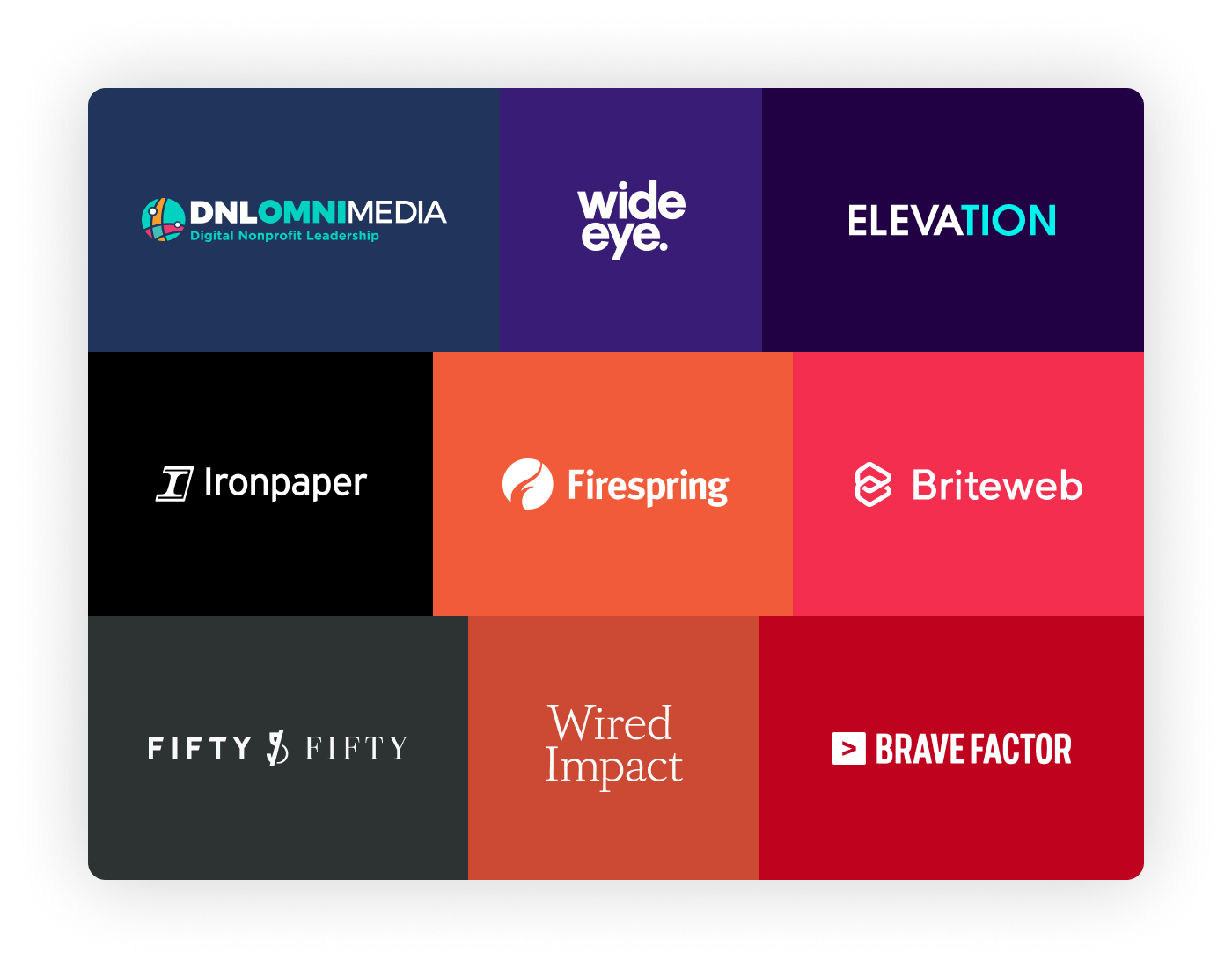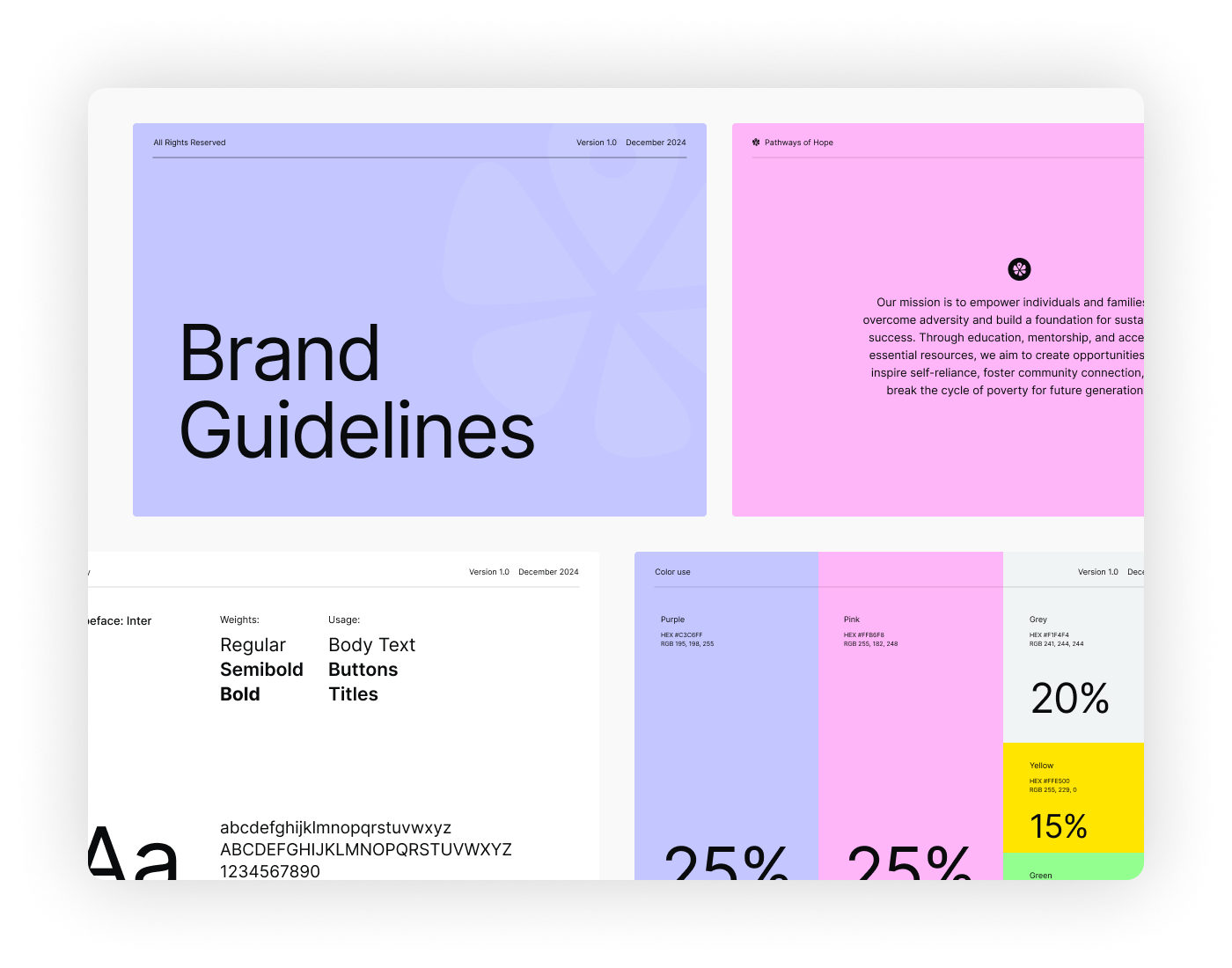If you’re a nonprofit planning to market a fundraiser, you’re likely deciding how social media will fit into the equation. (If you’re not, you probably should be!) While it may seem like there’s no rhyme or reason to what is popular on any given day on any given platform, there’s more to social media than luck.
Implementing the right social media strategy can make the difference between a popular fundraiser and a lackluster one. In this guide, we’ll look at six ways to improve your approach, reach more followers, and hit your fundraiser goals:
- Know your audience.
- Leverage multiple platforms.
- Diversify your posts.
- Post regularly.
- Use consistent branding.
- Recruit ambassadors to amplify your message.
As you implement these tips, you’ll likely want to know if they’re helping and how much. Luckily, most social networking sites offer built-in analytic tools that allow you to track how well your content is engaging your online audience. When you understand what’s receiving clicks and views, you can better plan your future donor communications efforts for promoting your fundraiser on social media. Let’s dive in!
1. Know your audience
When deciding on your social media strategy, it’s helpful to know who your audience is, what they like, and where they are online.
Different demographics tend to use different social networking sites and desire different types of content. Younger generations tend to be most active on Instagram and TikTok. In contrast, older generations tend to be more active on Facebook, Twitter, and LinkedIn. In practice, for example, it would likely be challenging to run an effective fundraising campaign on Facebook if most of your supporters are in their early 20s.
Knowing your audience helps you focus your attention on the places and strategies that will most likely reach and engage your target audience. But how do you know where donors are most active online and what content they want to see from your fundraiser?
Much of this information may already be stored in your donor database, collected from registration and donation forms. If not, don’t worry! You can ask your donors directly with an email survey or append your existing donor data with third-party data from a trusted provider.
2. Leverage multiple platforms
Your audience, however, isn’t a monolith. According to fundraising statistics from Double the Donation, nearly 20% of online donors “report that social media is the channel that most inspires them to give.” To reach as many of those donors as possible, you should leverage multiple social media platforms, such as Facebook, Twitter, Instagram, LinkedIn, and TikTok.
When deciding where you’ll focus your energy, consider where your audience is active and where you have an existing, built-out online presence. Generally, it will be vastly easier to leverage your existing social media accounts—the places where you’ve already built a following—than starting from scratch on a new platform.
3. Diversify your posts
As you diversify your platforms, you should also mix up the content you post to appeal to your unique body of supporters. Use an assortment of the following types of posts to keep the spotlight on your fundraiser:
- Updates on fundraiser goals
- Shout outs for donors and volunteers
- Engaging surveys and polls
- Photos, videos, and audio
- Links to valuable resources and your donation page
In addition to making your posts diverse, engaging, and interactive, make sure you reply to comments and messages that you receive. Most online users have come to expect this from individuals and organizations alike. For example, 83% of Facebook users and 71% of Twitter users expect responses to their messages the same day they send them. Show that you’re listening to your community and encourage their engagement by engaging back.
Ultimately, when you vary the content you post, you provide more opportunities for followers to find something they connect with and help you raise more money.
4. Post regularly
A regular posting schedule is critical to marketing your fundraiser on social media. Posting regularly shows your supporters that the fundraiser is important to your organization and that you value their engagement.
However, because they use different algorithms and attract different kinds of users, a regular schedule will look different for different social networking sites. For Twitter, this means posting multiple times every day. For Facebook, it might mean posting every other day. For LinkedIn, it likely means posting once or twice a week.
Similarly, you’ll want to adjust the length of posts according to the platform. Generally, the rule of thumb is that the more frequently you’re posting on a given site, the shorter your average post should be. Some sites, like Twitter, have text-length constraints. Others, like Instagram, which primarily rely on images or video, don’t have defined limits but still have best practices for length.
To help you maintain a regular posting schedule, use a content calendar to keep track of your posts across your channels in one place. With online tools, you can even automatically schedule posts ahead of time so that your followers never miss an important update.
5. Use consistent branding
Imagine you’re communicating about a virtual kickoff event for your fundraiser. You decide to advertise on multiple social media accounts, but you make a mistake, causing confusion among your supporters and hurting your fundraising results. Some posts say the event is happening on Thursday, while others say it’s happening on Saturday.
While this may seem like an obvious error to avoid, it’s a relatively common mistake when marketing a fundraiser on multiple social media platforms.
But consistency extends far beyond such minor fumbles. Even as you use different channels to communicate your fundraiser, your brand should remain relatively consistent. Elements including colors, logos, slogans, fonts, and general messaging should be the same no matter the platform. Creating this consistency helps develop recognition and trust for your organization among your online followers.
However, while your brand should be consistent across platforms, it doesn’t mean your engagement strategy should stay exactly the same. Just like you wouldn’t talk to a friend the same way you’d talk to a parent, you don’t want to talk to all your stakeholders in the same tone. Consider your audience’s expectations for formality and informality on a given platform and adjust your brand’s voice and tone accordingly.
6. Recruit ambassadors to amplify your message
Finally, contact supporters with a wide online reach or social media influencers in your space to see if they’d be interested in serving as fundraiser ambassadors to amplify your message. When pitching potential ambassadors, show a clear need and mission and delineate expected responsibilities.
That said, your ambassadors don’t need to be huge social media personalities to have an impact. Some of the best fundraising ambassadors have relatively small social media followings.
Because of their passion for your cause, their close relationships with their existing online connections, and their willingness to continuously engage with potential online supporters, they end up helping to raise thousands of dollars. For these ambassadors, you may even consider utilizing a peer-to-peer fundraising model that gives each ambassador their own fundraising landing page and more agency in their efforts.
After your fundraiser is over, remember to thank your donors and volunteers for their support. Most organizations know how important it is to thank donors, but it’s equally important to thank volunteers. According to NonProfitEasy’s guide to volunteer retention, the national volunteer retention rate is approximately 65%. Acquiring new donors and volunteers can be costly, so it’s imperative to do everything you can to show them your appreciation to retain them better.
Just as you use social media for marketing your fundraiser, you can also use it to show your gratitude. Take your fundraiser’s social media strategy full circle by highlighting particularly impressive donors, volunteers, and staff using the same tips we’ve broken down above. Happy fundraising!



